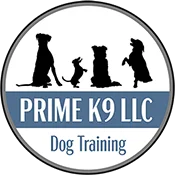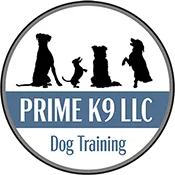
There are many benefits to teaching your dog basic obedience commands, no matter how young or old it is. When your pet learns basic commands, you can build a lasting relationship, keep it safe, and become a confident owner. Here are the top four commands used in our dog training and obedience classes at Prime K9 Dog Training:
1. Sit
Perhaps the most popular obedience command pet owners teach their dog is the "sit" command. Teaching your dog how to sit on command has many benefits, like teaching the dog how to control itself. When your dog is sitting, it is more likely to be calm. It's easier to teach your dog from here than when it is running or jumping out of control.
If your dog is excited or distracted, the simple "sit" command can help you refocus your dog's attention. "Sit" enables you to gain and stay in control of situations where your dog might engage in unwanted behaviors.
2. Come
A recall command is one of the most helpful commands you can teach your dog. This command has a few different names, like "come" or "here." No matter which word you use, the goal of the command is to get your dog to stop what they're doing and go to you as quickly as possible.
The "come" command can help to keep your dog safe outdoors. When your dog obeys a recall command, you won't have to chase your dog if it slips away from you. The command can also help you quickly locate your dog if it leaves your line of sight.

